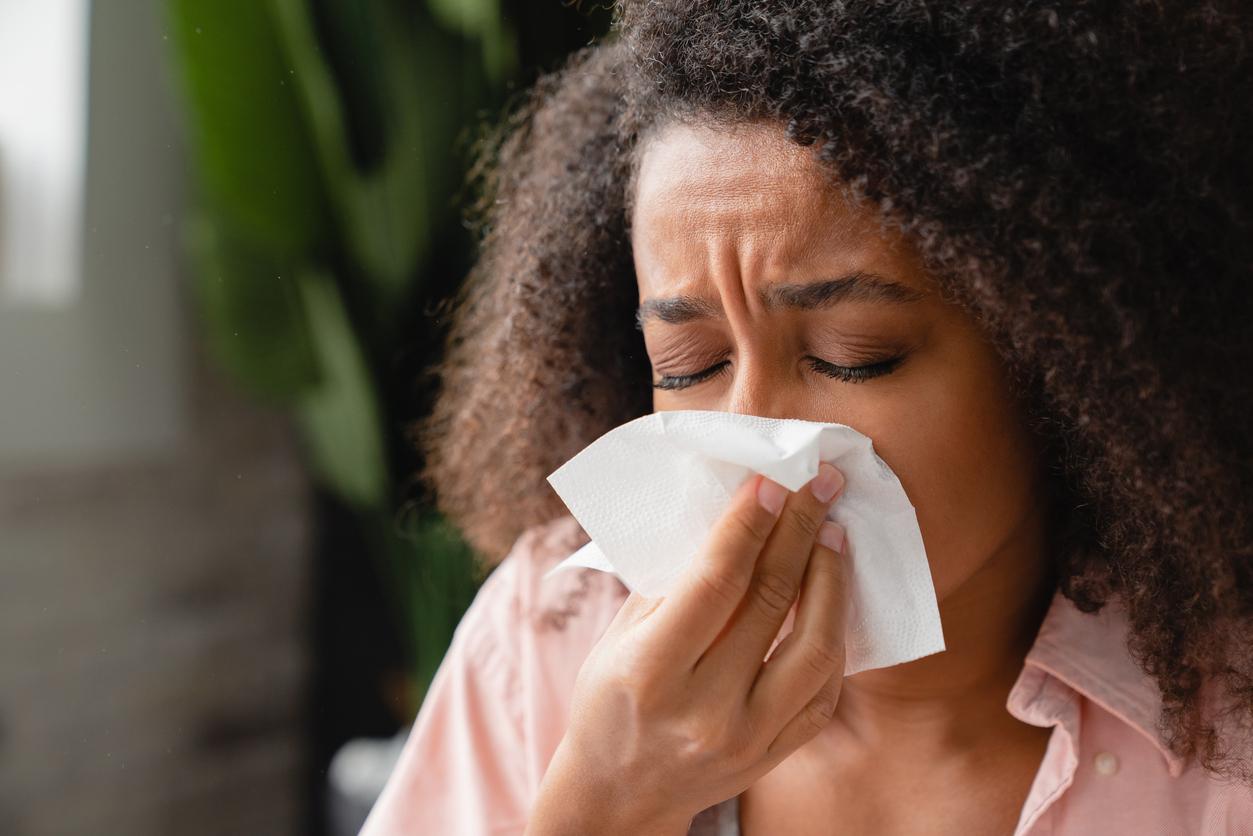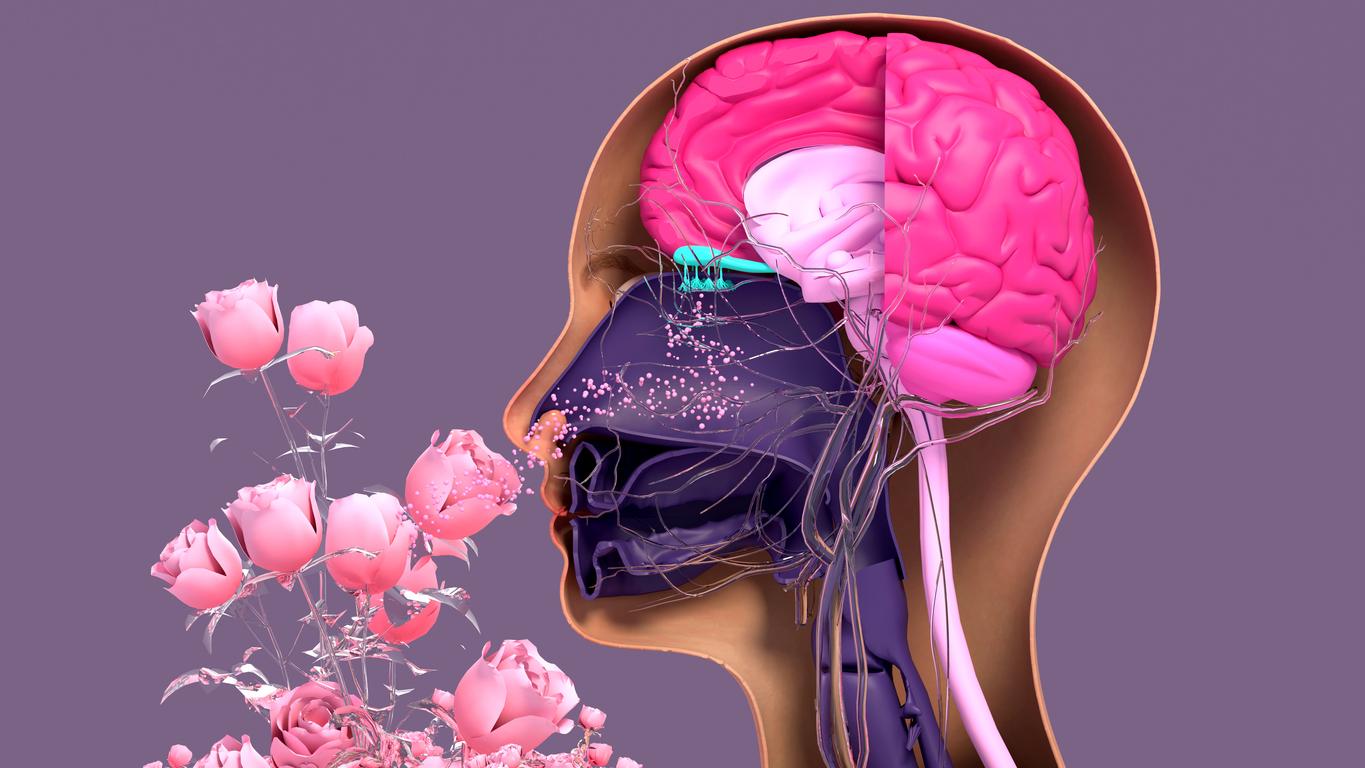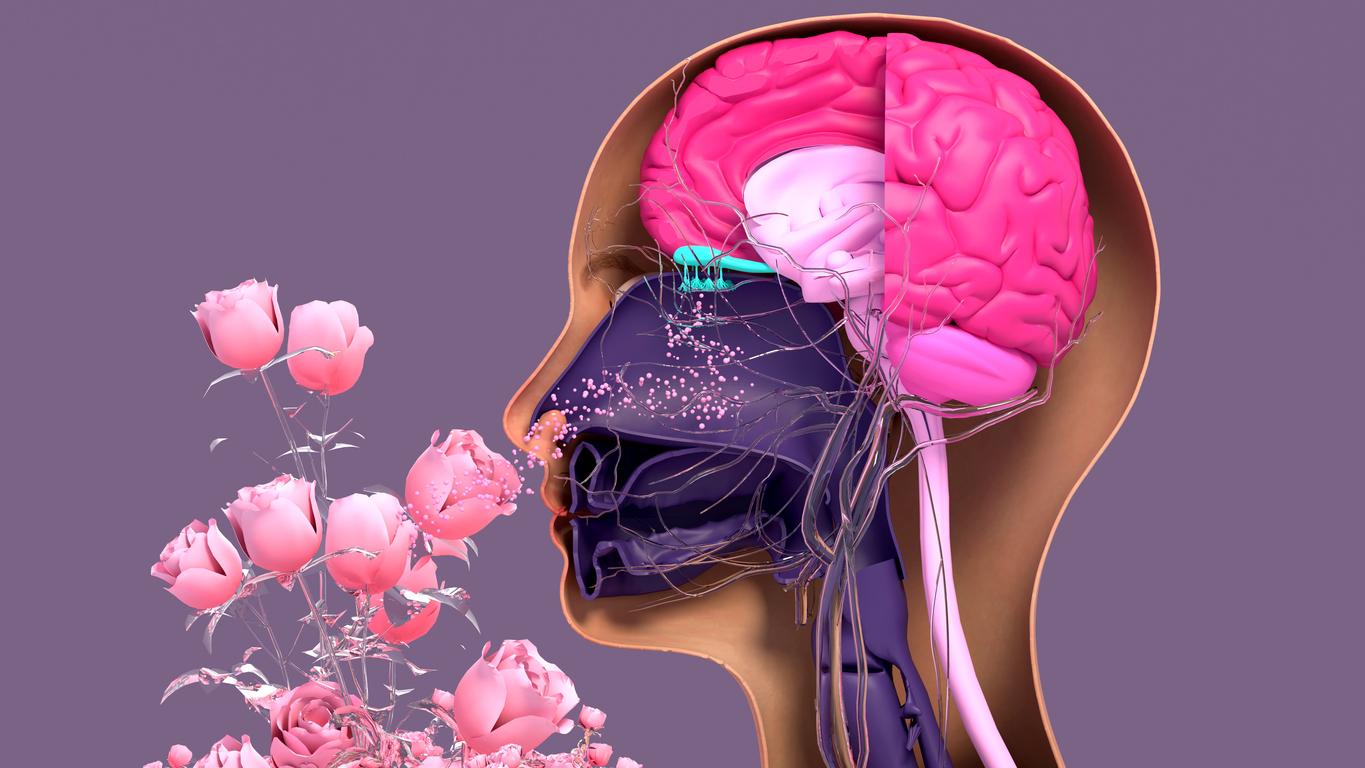People born without a sense of smell, a disorder called anosmia, breathe differently than those who don’t have problems with their sense of smell, a new study suggests.

- Anosmia is the inability to smell odors.
- People born with this disorder have a different breathing pattern than those who do not have a problem with their sense of smell.
- It is possible to diagnose anosmics by analyzing their breathing, according to researchers.
“There’s this notion that this sense (smell) isn’t important at all. And yet, if you lose it, a lot of bad things happen. So it seems like a paradox.”Professor Noam Sobel of the Weizmann Institute of Science in Israel told the British newspaper The Guardian. Based on this observation, the scientist wanted to know more about people suffering from anosmia, a term designating the loss of smell and brought to light when it turned out to be a symptom of Covid-19.
With the help of his colleagues, he discovered that these patients do not breathe the same way as individuals who rely on their sense of smell.
Respiratory differences between people with or without a sense of smell
In the magazine Nature Communicationthe team indicates having followed 21 patients with congenital anosmia and 31 people without any problem with smell (normosmia). She asked them to go about their normal activities for 24 hours while wearing a device that measured nasal airflow. They also had to keep a diary of their daily activities.
The data collected revealed that the anosmics and the volunteers who “have noses” did not have the same type of breathing. People with a functional sense of smell had more respiratory peaks during inspirations than those without a sense of smell. Thus for four consecutive breaths, the anosmic participant had four respiratory peaks, the person capable of smelling odors had nine. “Additional peaks seen in normosmia may reflect exploratory sniffing that may overlap with the respiratory wave”write the authors in their article.
Anosmia: respiratory helps identify the disorder
The researchers then wanted to know if these different breathing patterns could help diagnose anosmia. They thus developed a machine learning algorithm from the data collected. During the various tests, the latter was able to predict whether a person suffered from olfactory disorder by analyzing their breathing with an overall accuracy of 83%.
Previous work had shown that many health disorders, particularly cerebral and cognitive, are linked to respiratory flow. Faced with their results, the scientists suggest “that some of the deleterious outcomes associated with anosmia may be attributed to altered patterns of respiratory nasal airflow rather than a direct result of lost odor perception per se”.

















